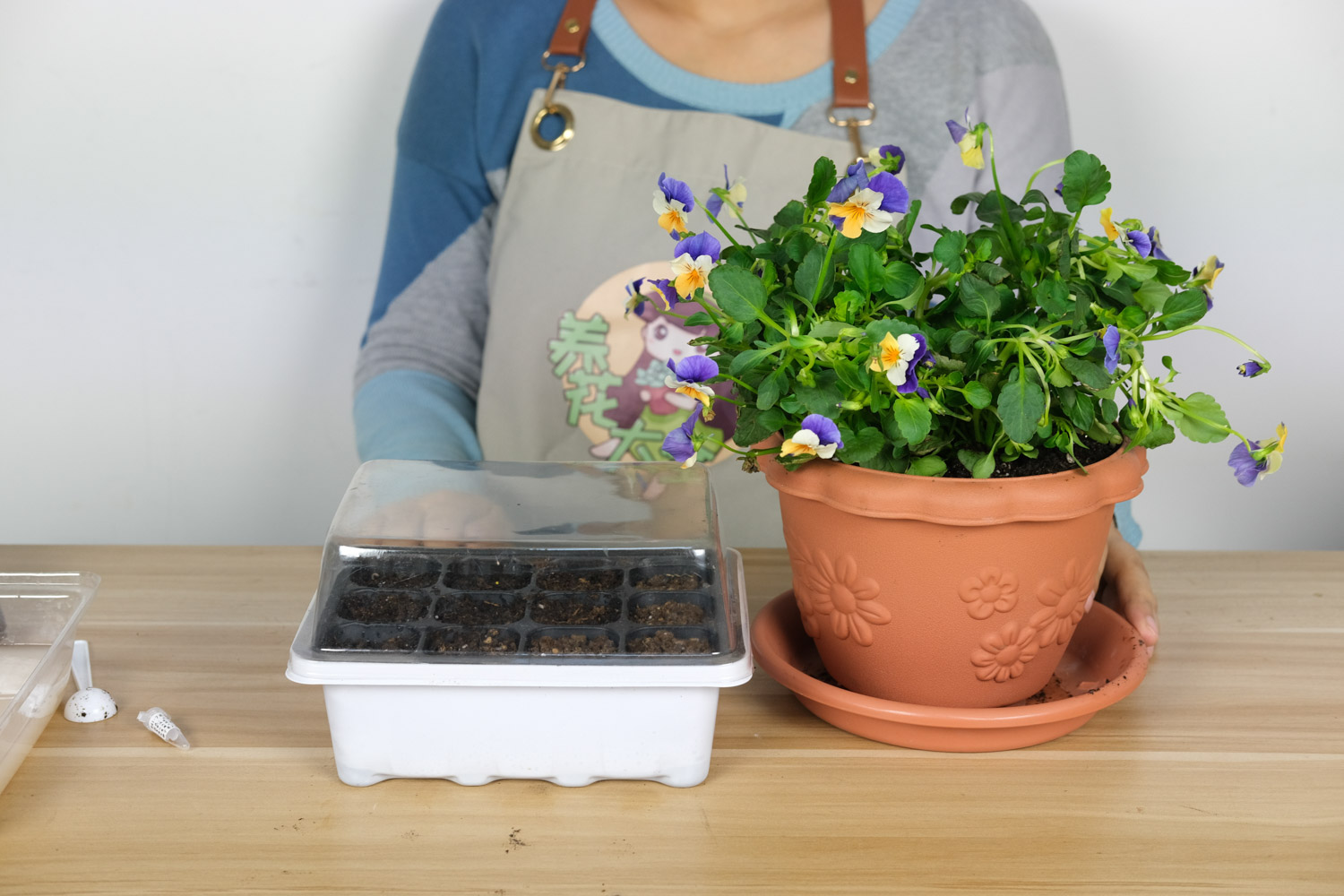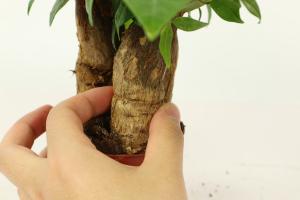1、 Flowering period of Corydalis
The flowering period of Corydalis is closely related to the sowing time. It can open two or three months after conventional sowing. Because the temperature suitable for the germination of Corydalis seeds is 15 ℃ - 20 ℃, it is generally selected to sow in early spring, and the beauty of Corydalis flowers can be seen in summer. In the middle and lower reaches of the Yangtze River in autumn, the temperature is just right. In these areas, seeds can be sown in the middle and late September, and the landscape can be formed in December. For planting in northern areas, it is generally selected to plant seedlings in the greenhouse from January to February, and flowers will bloom around March to April. In hot summer, if there is equipment that can reduce the temperature, seedling raising in summer and flowering in autumn are also a good choice

2、 Maintenance of Corydalis Corydalis at flowering stage
The growth period of Corydalis is generally 3-4 months. Compared with Corydalis tricolor, its development period is relatively short, about 2 weeks. But Corydalis is very heat-resistant. Generally, when the sun is sufficient, the flowering period of Corydalis will be prolonged. At the flowering stage of Corydalis, it can be properly fertilized. Corydalis is relatively sensitive to the concentration of flower fertilizer, which is generally not higher than 150ppm. In addition to N fertilizer, K fertilizer can also be added. During the flowering period, the liquid fertilizer described above can generally be applied once a week. The flowering period and the number of flowers per branch can be prolonged before flowering

3、 Pest control
During the general cultivation of Corydalis, aphids, thrips, red spiders and other pests may be encountered. In the process of cultivation, attention should be paid to improving the cleanliness of the growth environment, so as to avoid infection with the above pests. The common diseases in the cultivation process generally include impeller stripe disease, downy mildew, powdery mildew, black root rot and so on. Reasonable watering and fertilization management can promote the rapid growth of plants. Generally speaking, watering in the morning is recommended to avoid too high leaf humidity at night. If the pH value of the soil is not appropriate, it is easy to cause black root rot, and the appropriate soil pH value can greatly reduce the invasion probability of the above diseases


 jackfruit
jackfruit snake plant
snake plant hibiscus
hibiscus hydrangea
hydrangea lavender
lavender Green roses climb al...
Green roses climb al... If you don't pay att...
If you don't pay att... Management of four g...
Management of four g...
































